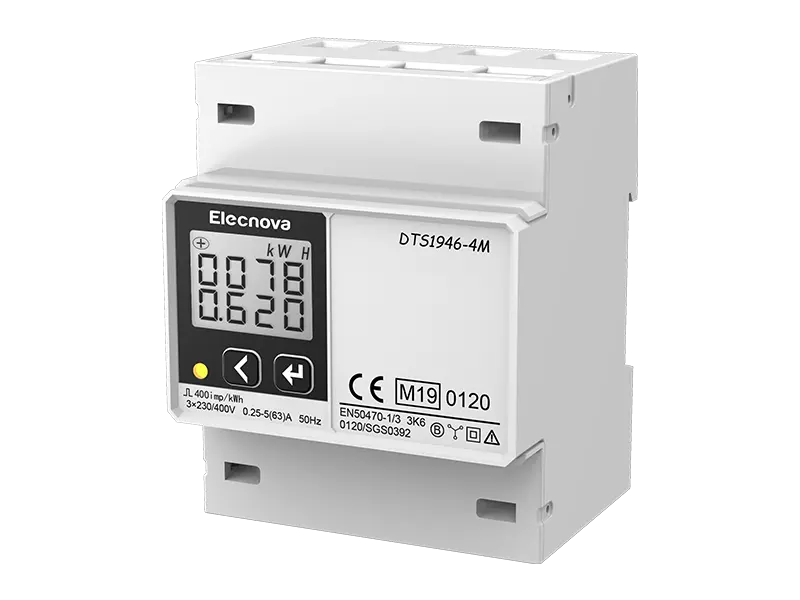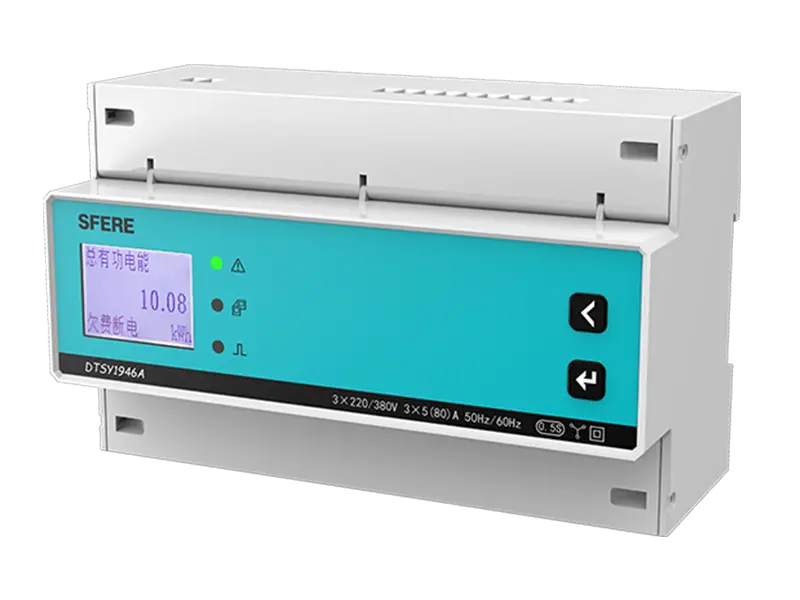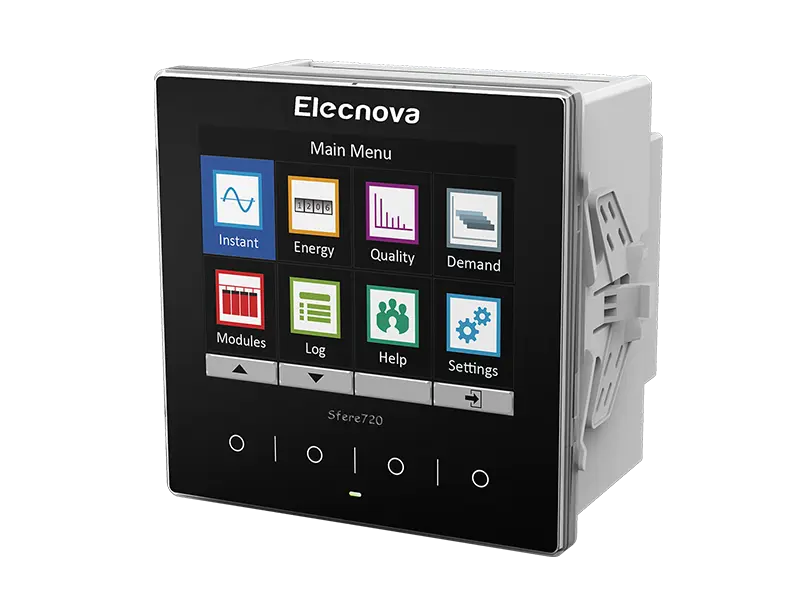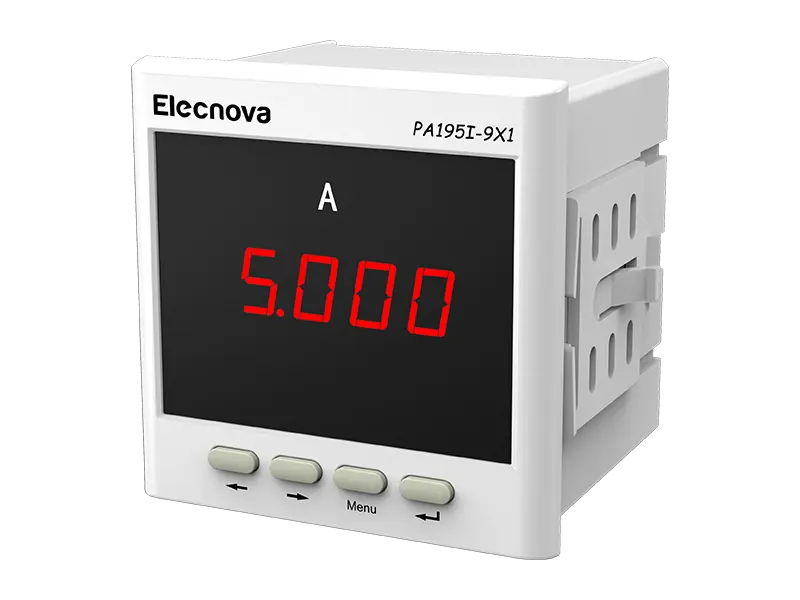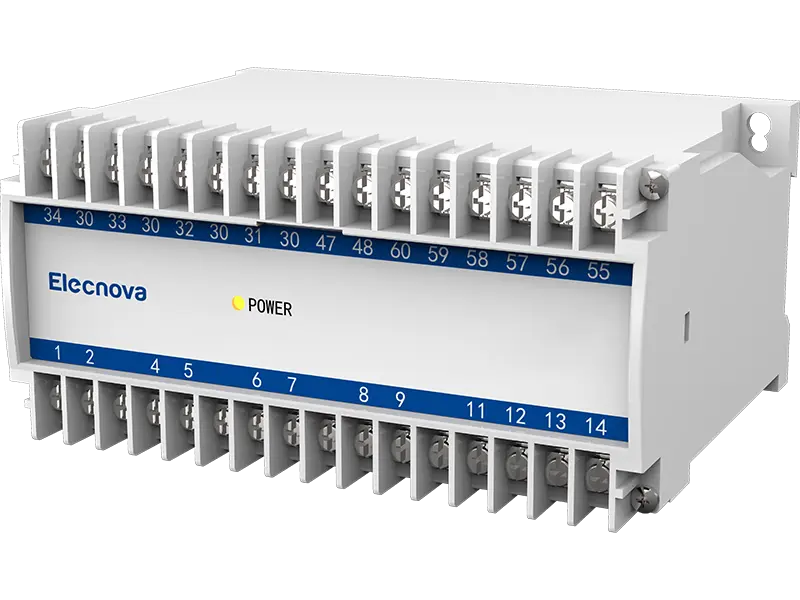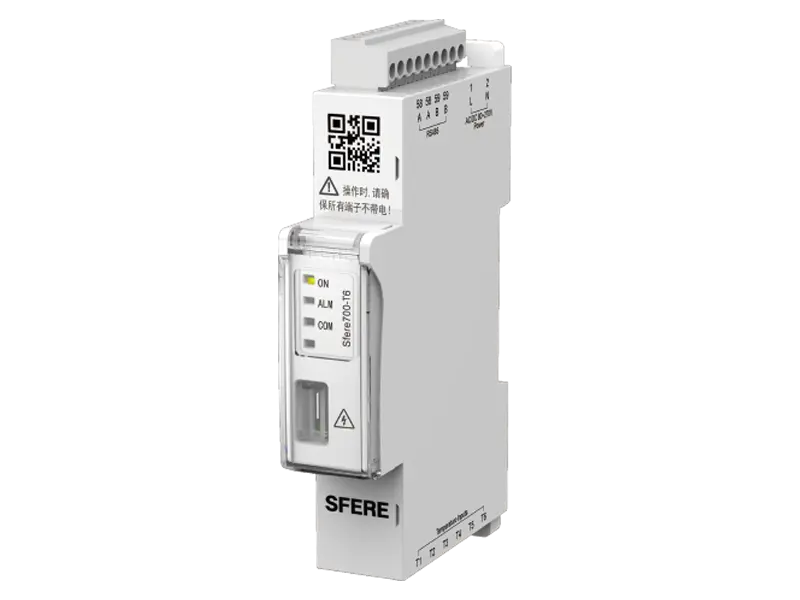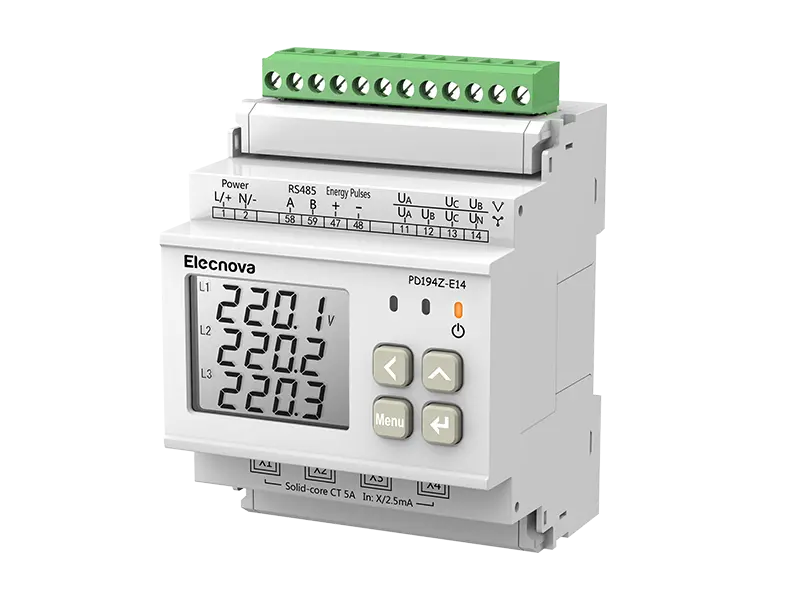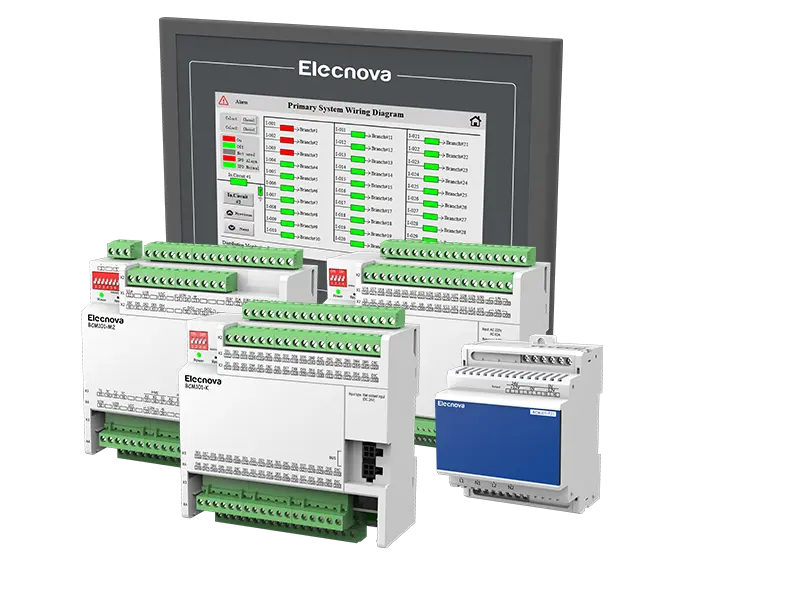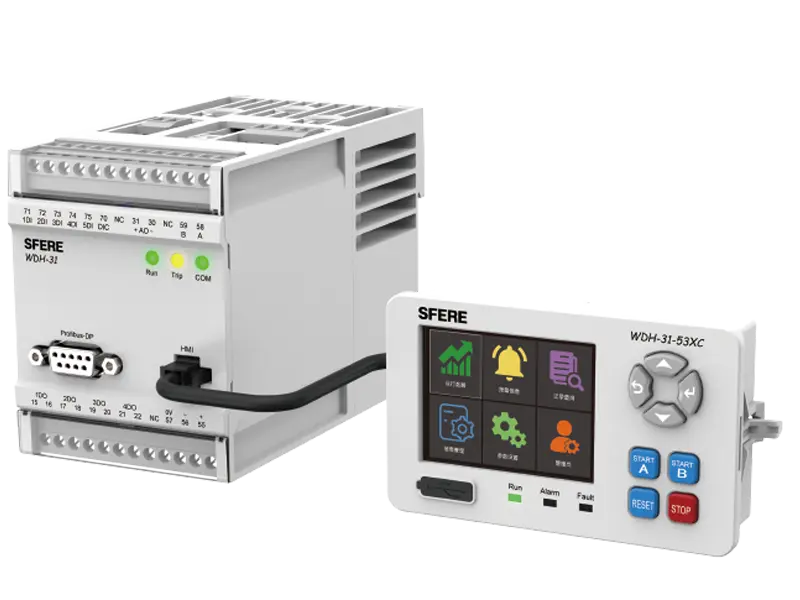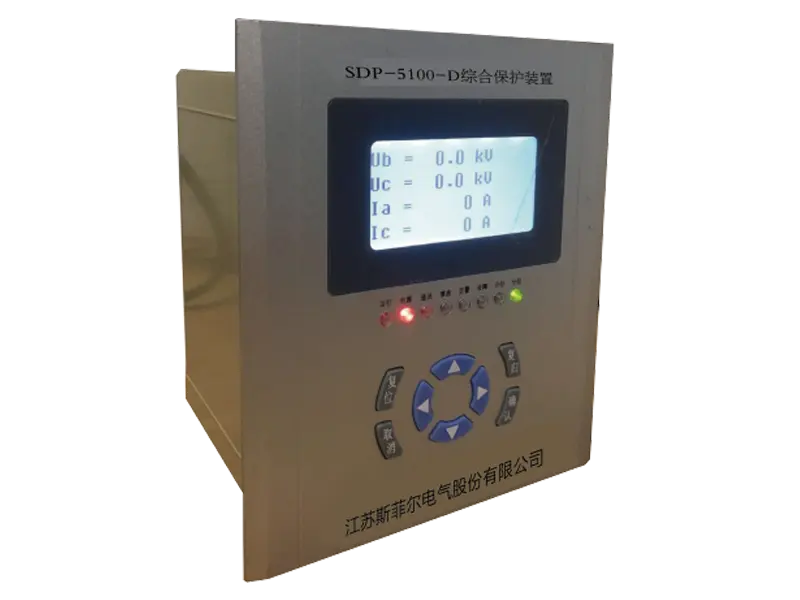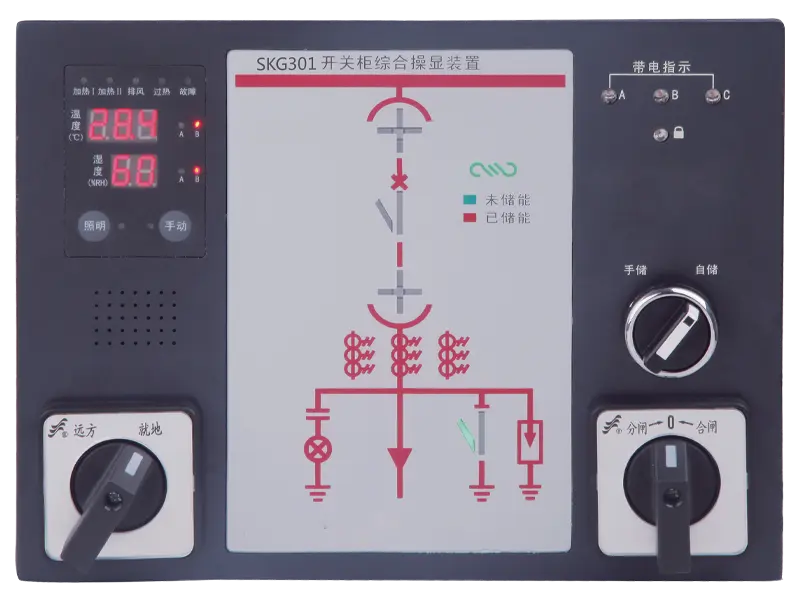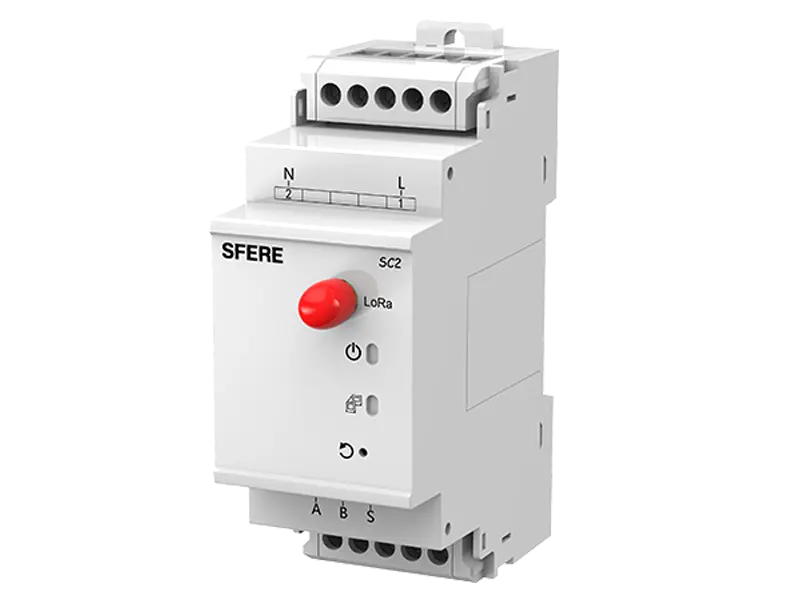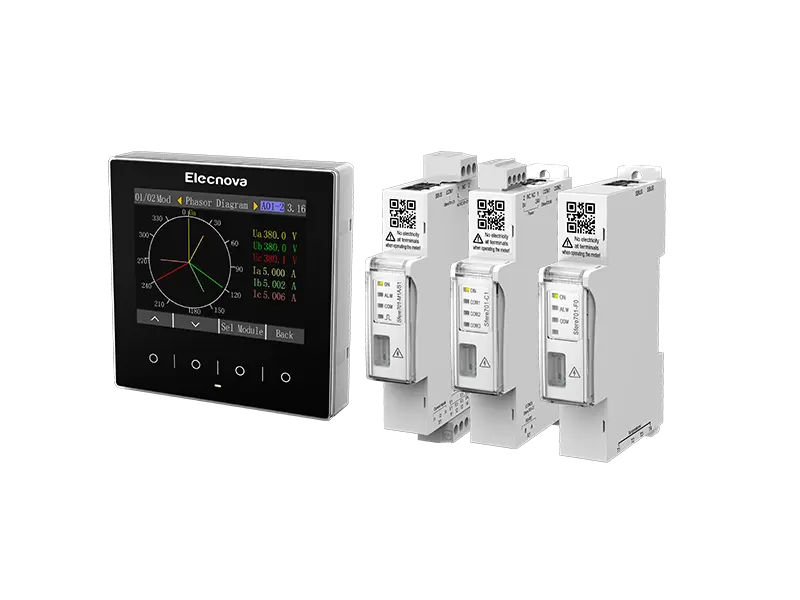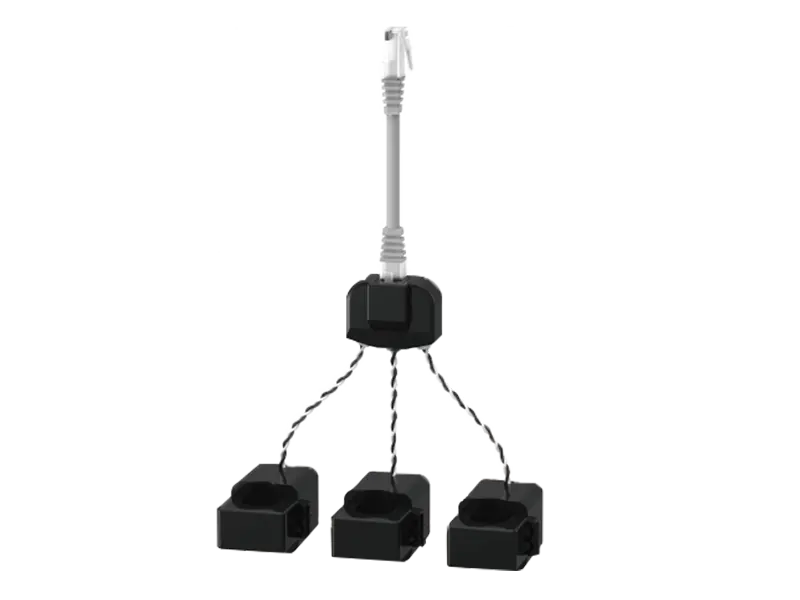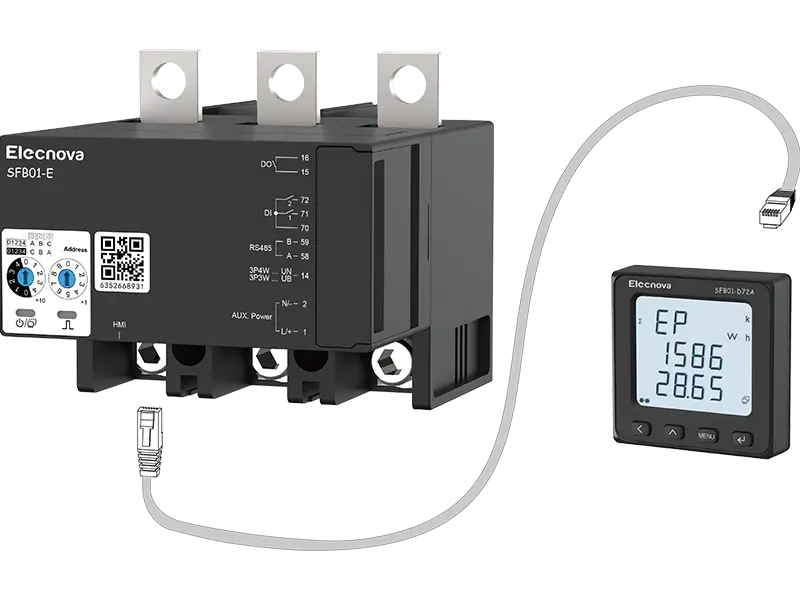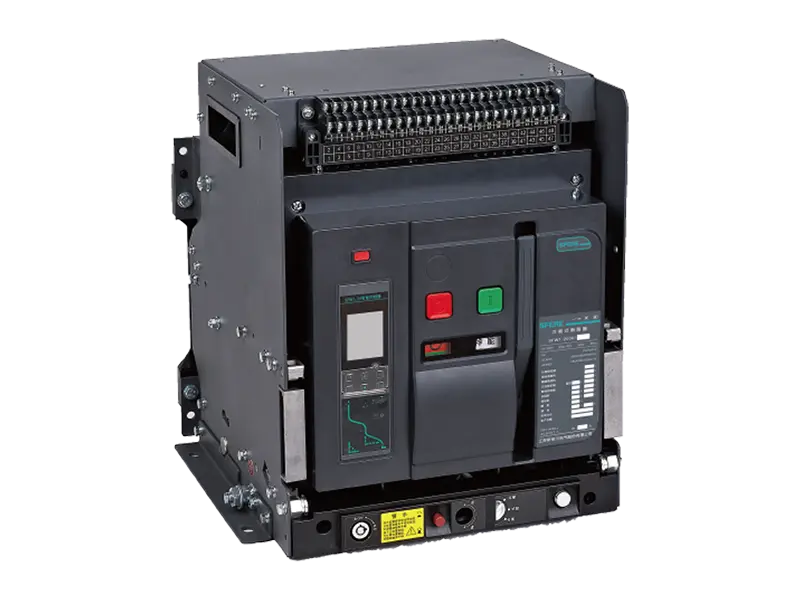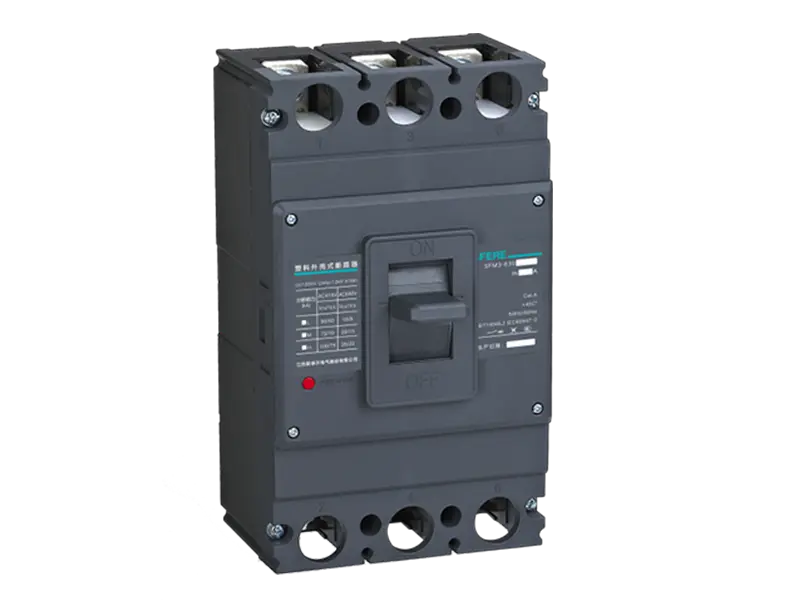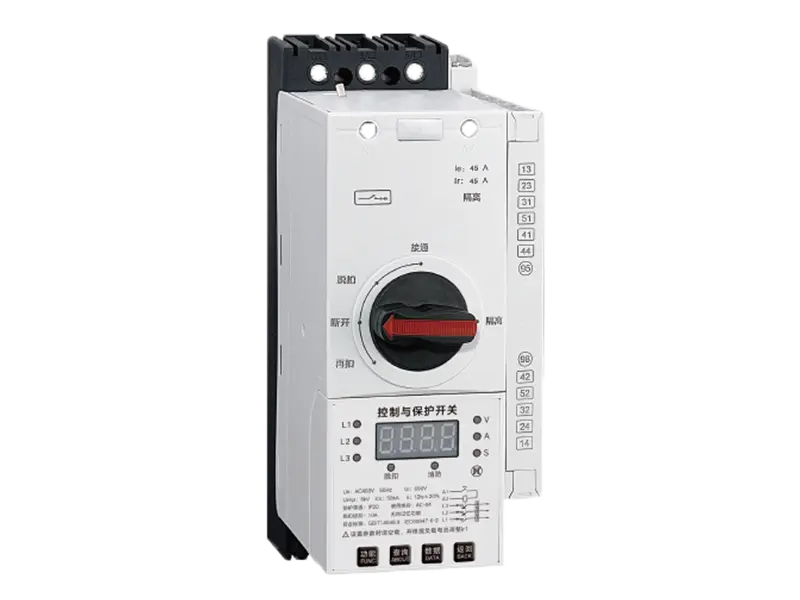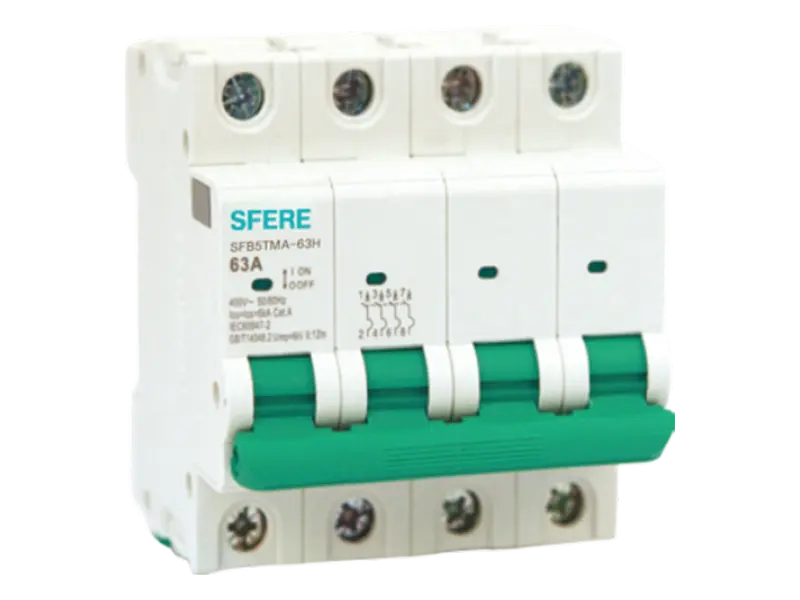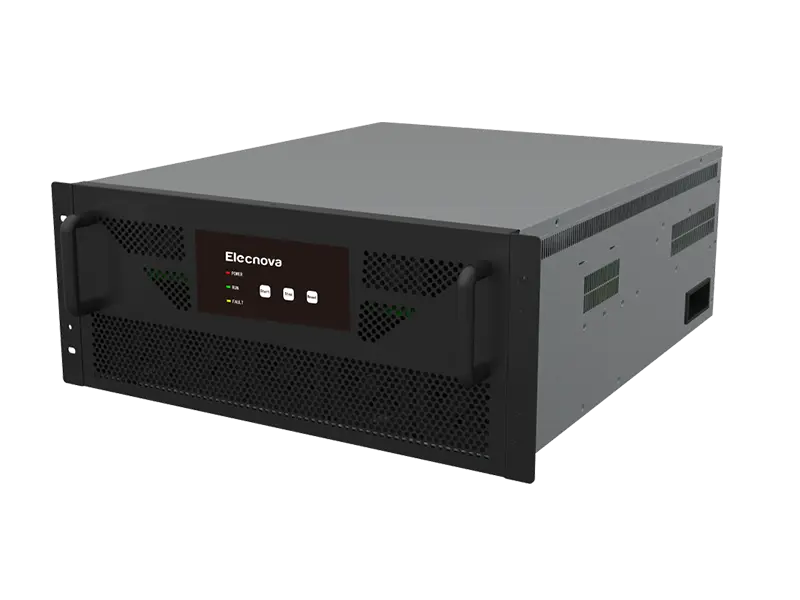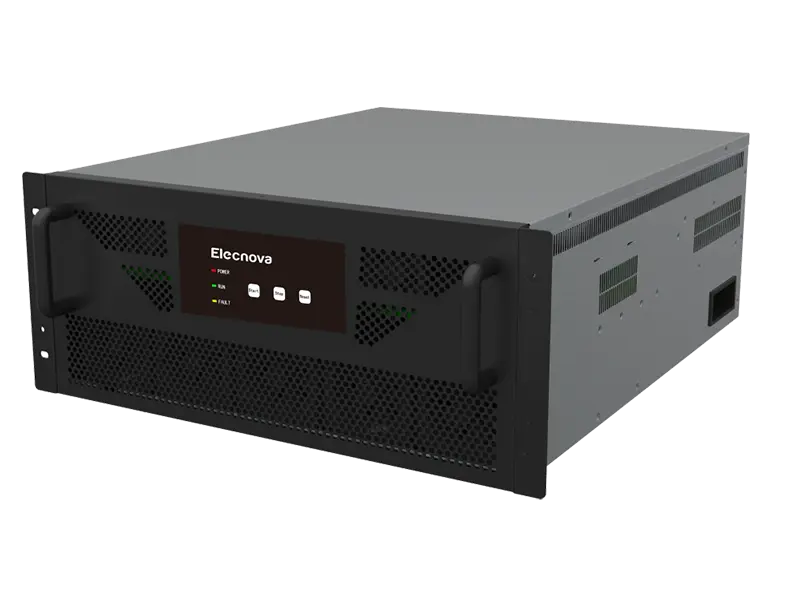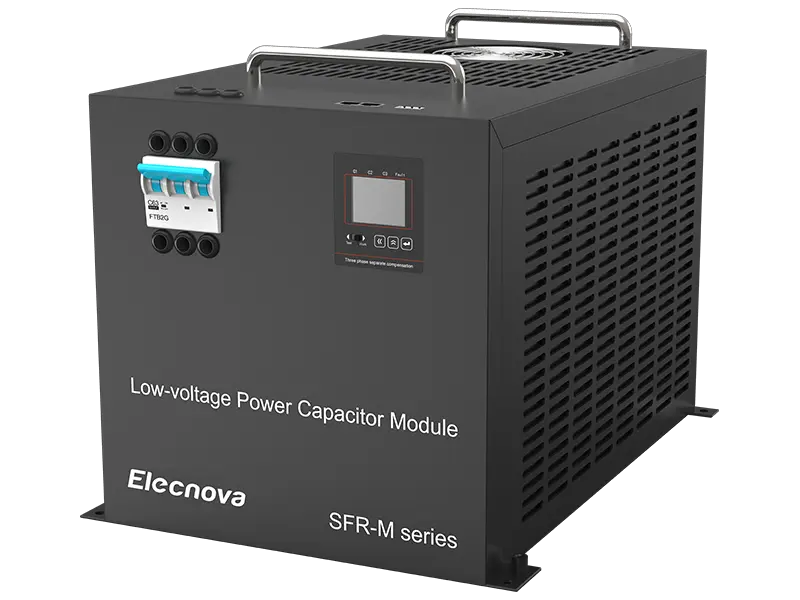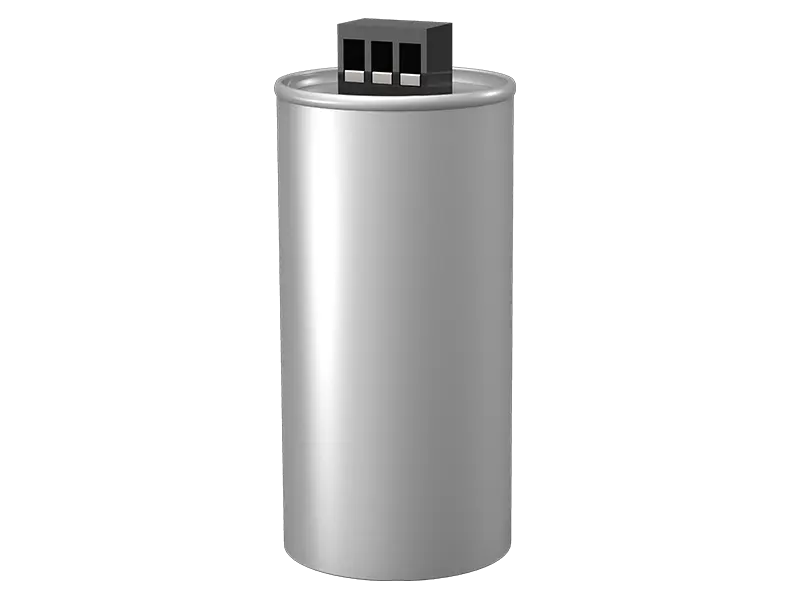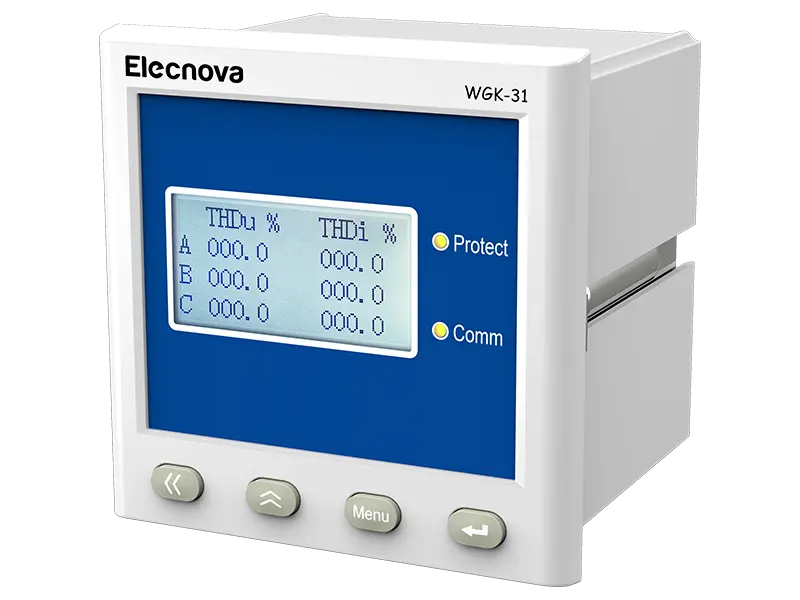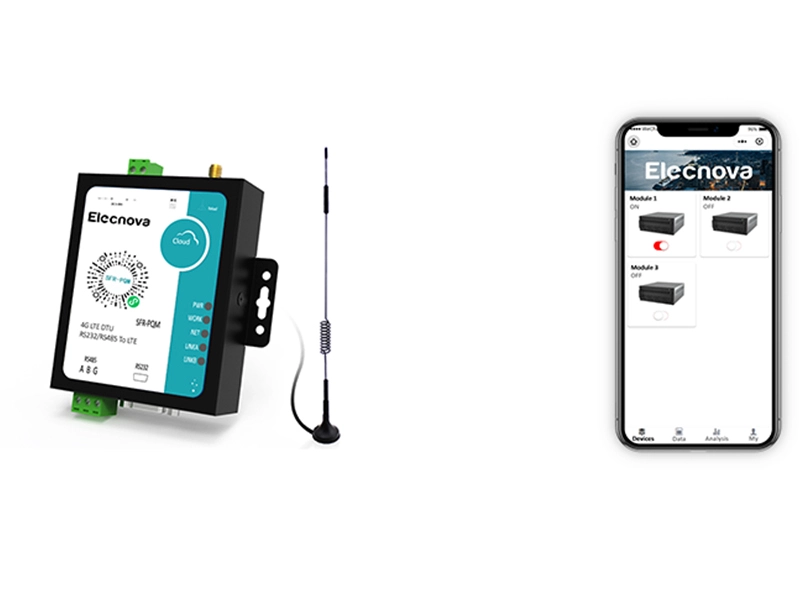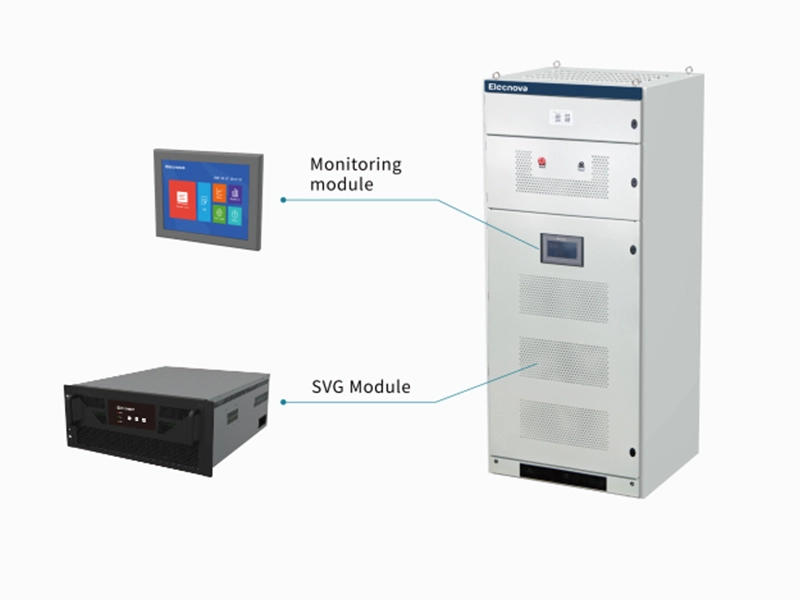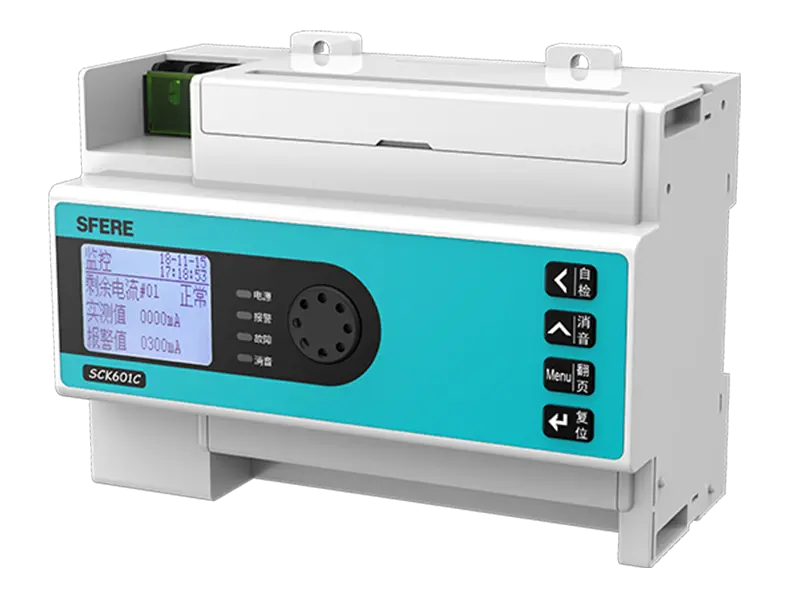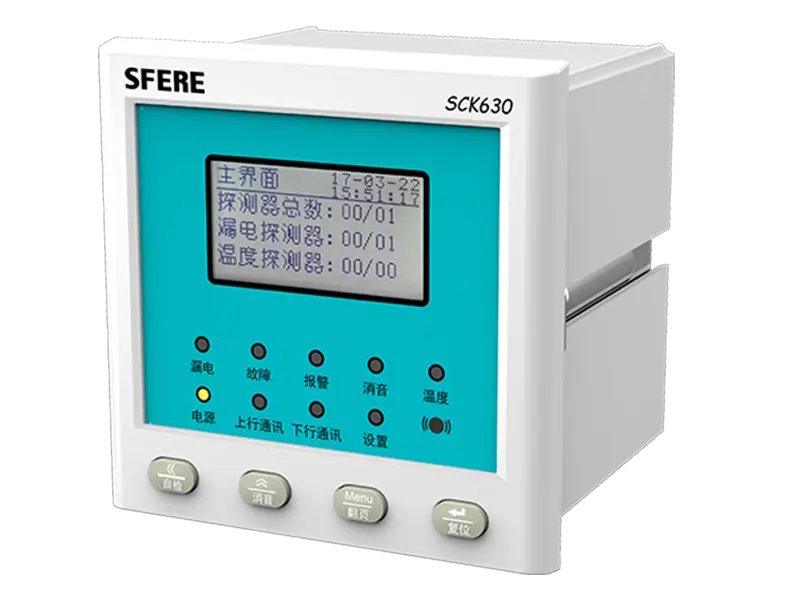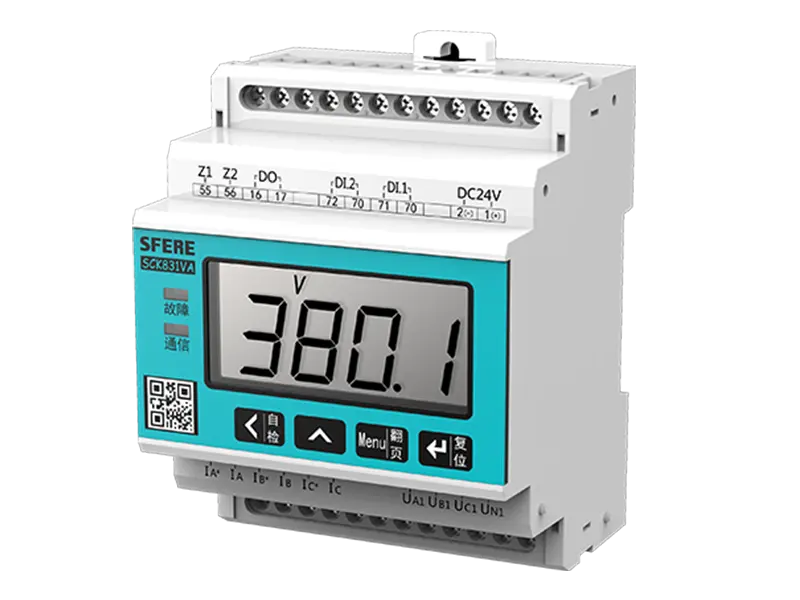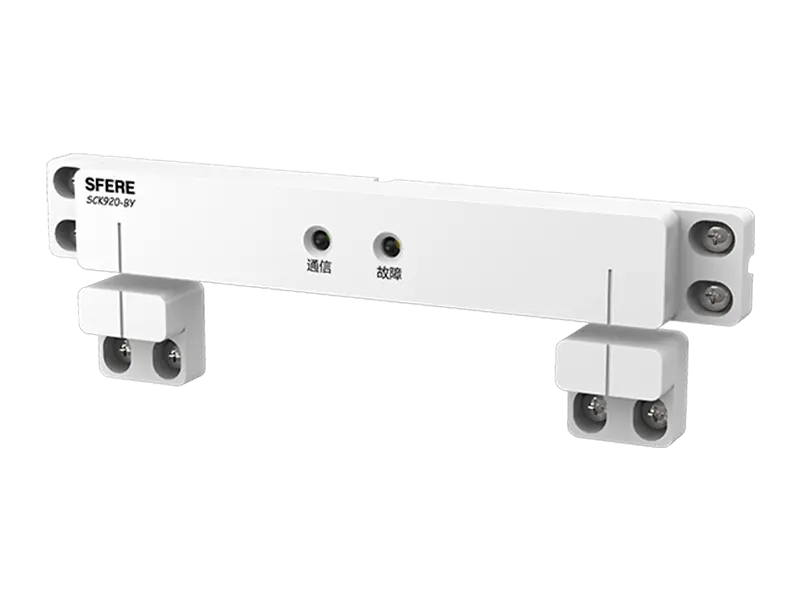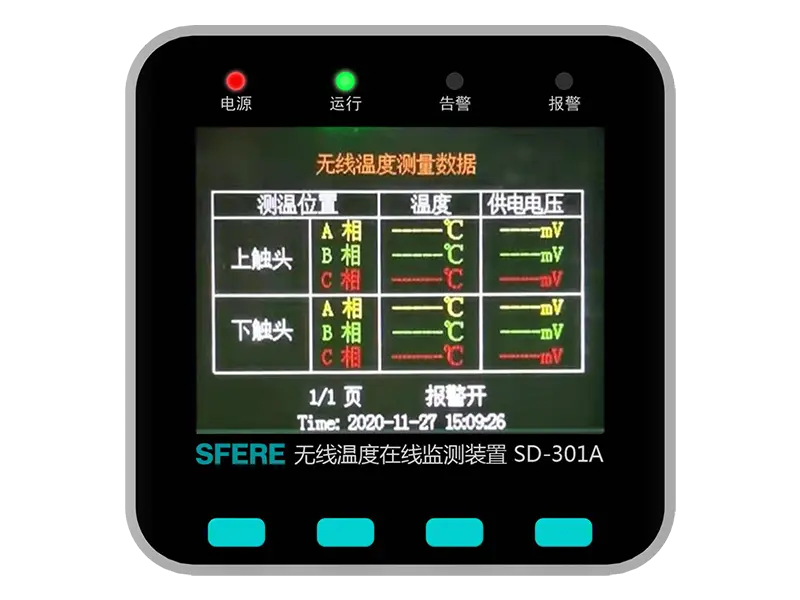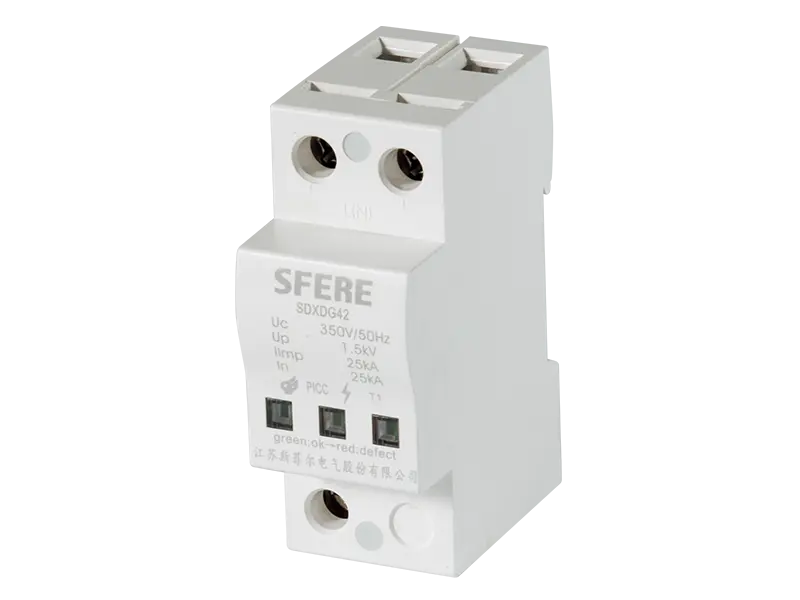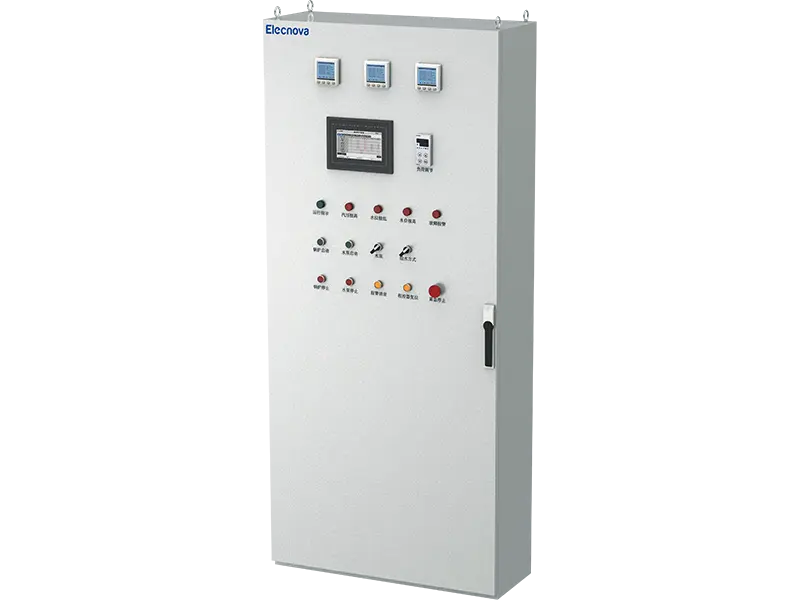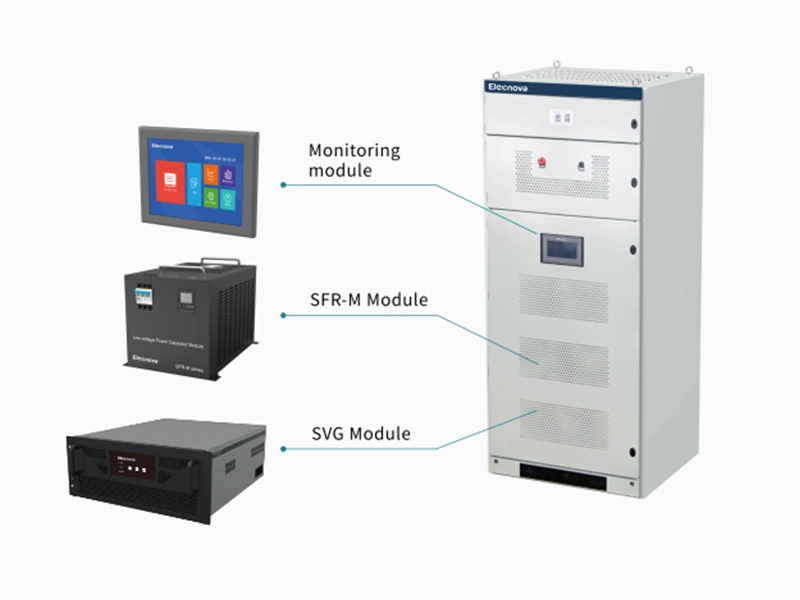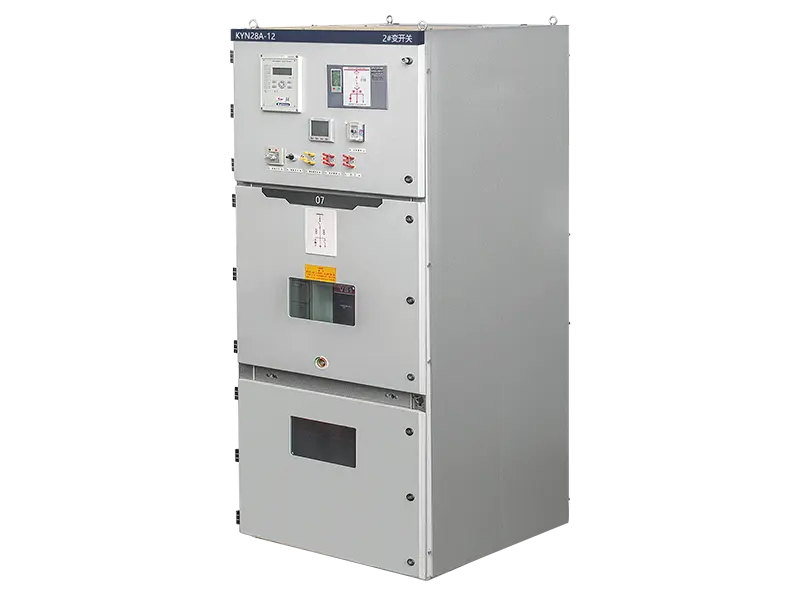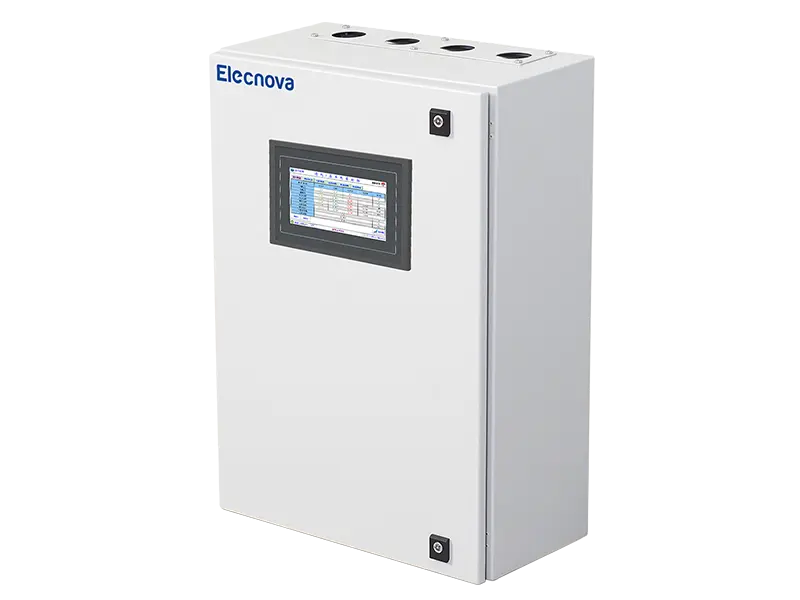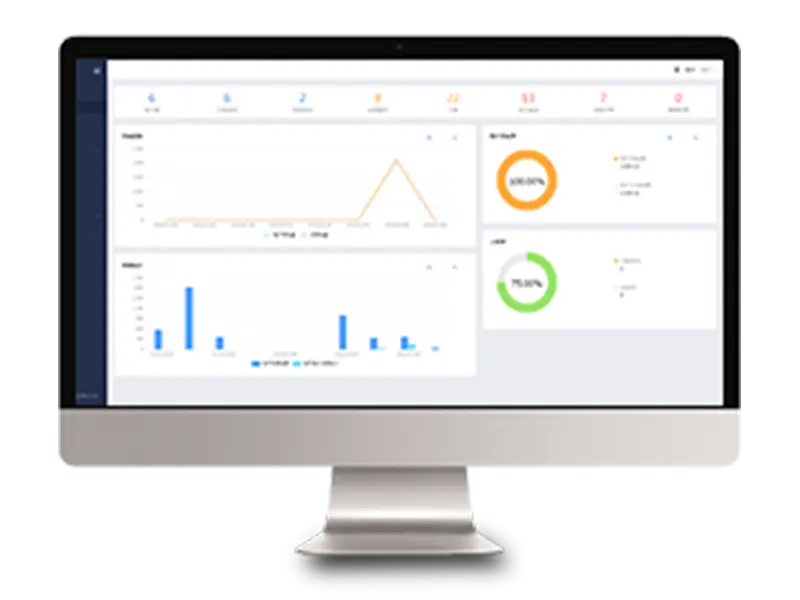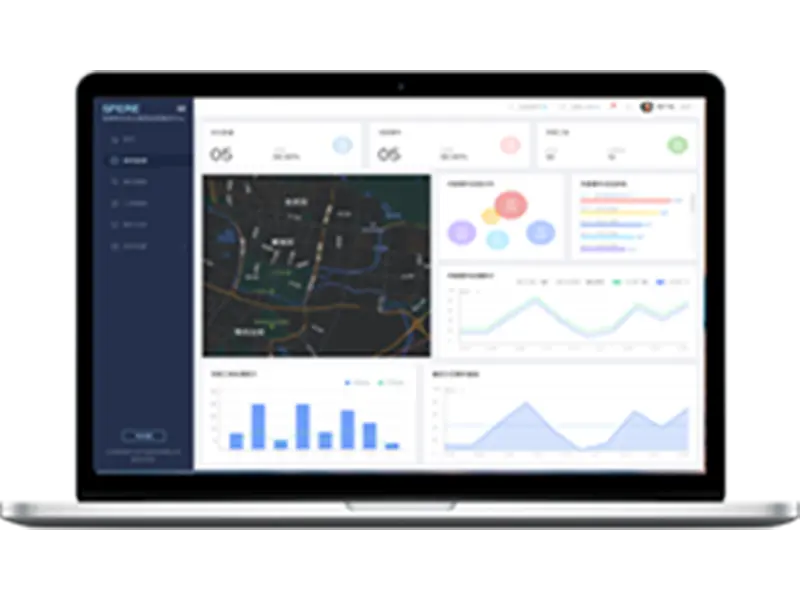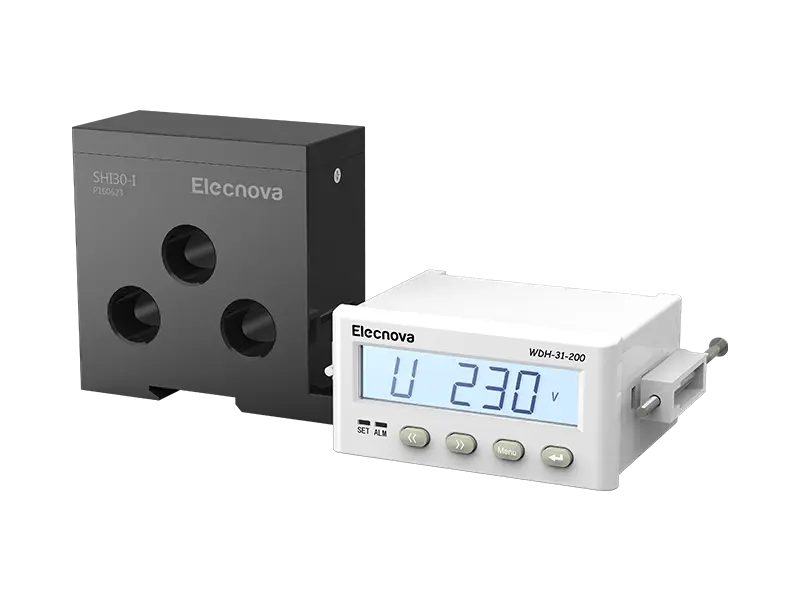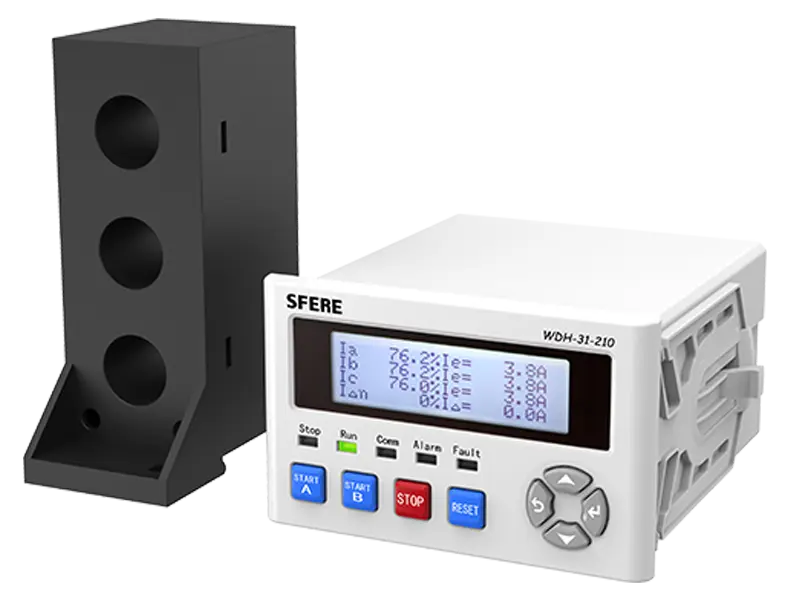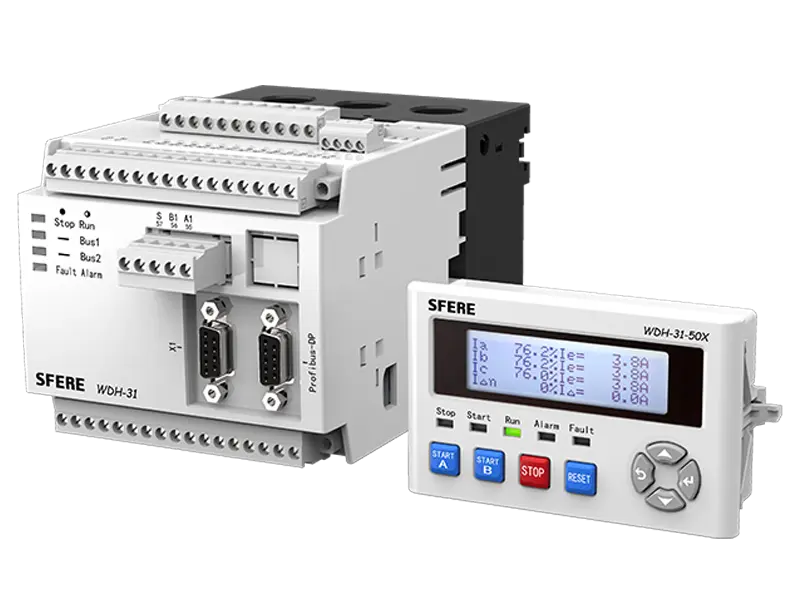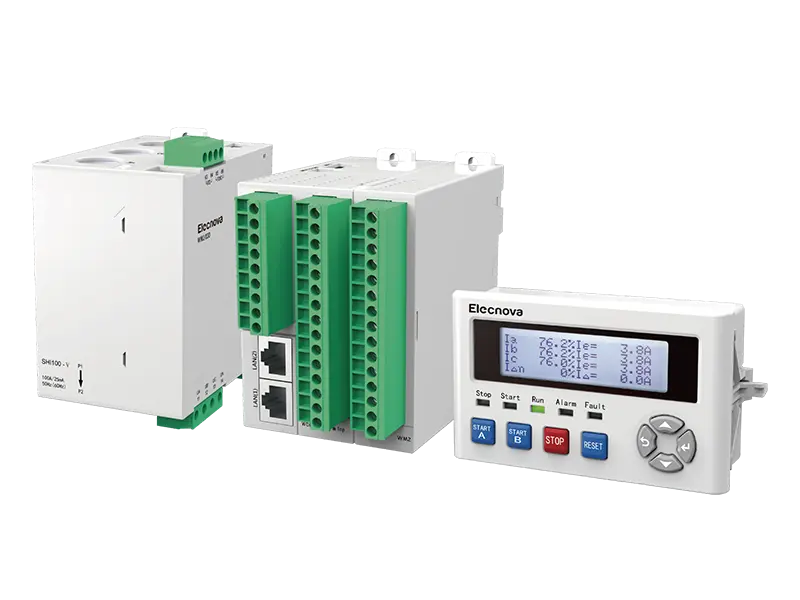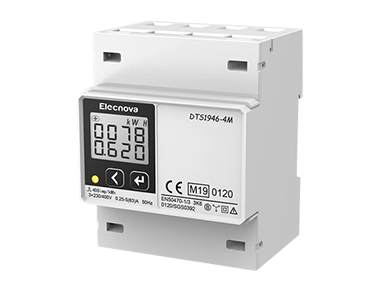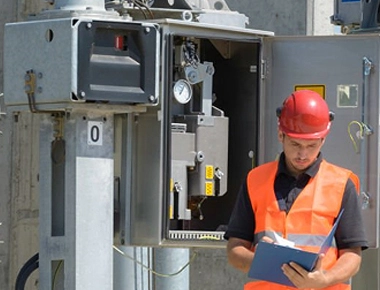Motor protection controllers offer several advantages in ensuring the safe and efficient operation of electric motors:
1. Overload Protection: Motor protection controllers monitor motor current continuously and trip the motor if it exceeds predetermined levels, protecting against overheating and damage due to overloading.
2. Short-Circuit Protection: These controllers detect short-circuit faults in the motor circuit and quickly interrupt power to prevent damage to the motor windings and associated equipment.
3. Phase Imbalance Protection: Motor protection controllers monitor phase currents and trip the motor if significant imbalances are detected, preventing motor damage and inefficient operation.
4. Underload Protection: Some motor protection controllers offer underload protection features, which detect low-load conditions and prevent motor operation in situations where insufficient load is present, avoiding damage from excessive vibration or overheating.
5. Thermal Overload Protection: Motor protection controllers utilize thermal modeling to estimate motor temperature based on current and ambient conditions. If the temperature exceeds safe limits, the controller trips the motor to prevent thermal damage.
6. Voltage Protection: These controllers monitor voltage levels and trip the motor if voltage deviations exceed allowable limits, protecting against damage from overvoltage or undervoltage conditions.
7. Ground Fault Protection: Motor protection controllers detect ground faults in the motor circuit and disconnect power to prevent shock hazards and equipment damage.
8. Remote Monitoring and Control: Many motor protection controllers offer remote monitoring and control capabilities, allowing operators to monitor motor status, adjust settings, and receive alarms or notifications remotely, enhancing operational efficiency and reducing downtime.
9. Diagnostic Information: Motor protection controllers provide diagnostic information such as fault codes, trip history, and operating parameters, enabling proactive maintenance and troubleshooting to minimize downtime and improve reliability.
10. Integration with Control Systems: These controllers can integrate with supervisory control and data acquisition (SCADA) systems, programmable logic controllers (PLCs), and other control systems, allowing for seamless integration into larger automation and control architectures.
Overall, motor protection controllers offer comprehensive protection features, remote monitoring capabilities, and diagnostic information, making them essential components for ensuring the safe and reliable operation of electric motors in industrial applications.


